Let me introduce you to a bird, a mammal, and a reptile, who all spend part of their lives under the earth.
First, perhaps the most surprising one: the Belted Kingfisher!
Last month my husband was talking to our neighbours who are in the process of building their house. As they all stood there chatting, they could not believe their eyes when a kingfisher flew in front of them, and right into a pile of topsoil they had in their backyard.
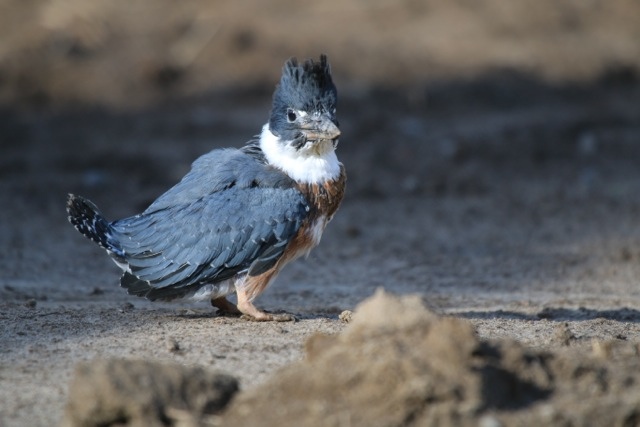
The Kingfisher had flown into its nest! Upon further investigation, we found out that Belted Kingfishers make their nests in tunnels between a foot and 8 feet long in the sides of vertical banks of soil. The male and female work together to dig it out in the spring. Who knew? Not I!
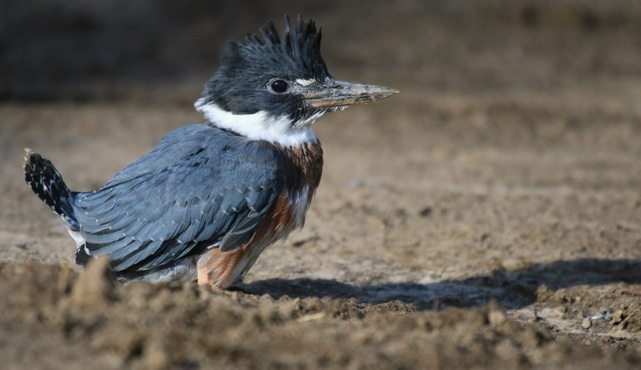
We had the unique opportunity to see the five little fledglings when they came out. They could not fly, but were hopping around pumping their tails up and down, and rattling just like adult kingfishers do.
I didn’t stay long, as I knew the babies were waiting for food. Adult Belted Kingfishers are quite wary of people (I have never actually gotten a good photo of one) so I fired off a few shots of these little ones and then carried on.
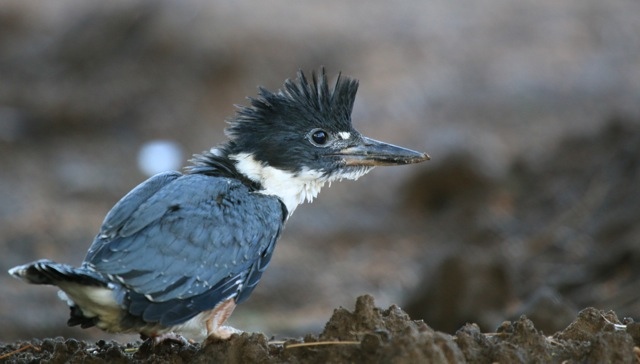
These little birds are fascinating! I found out that baby kingfishers have very acidic stomachs that break down the bones and exoskeletons of the fish and invertebrates they eat. But as kingfishers get older, their stomachs become less acidic, and they actually regurgitate pellets to get rid of the hard parts of what they are eating, quite like an owl would. I learned so much from this opportunity. What a thrill. They were adorable, in a kind of prehistoric way (pteranodons?).
Everyone knows that groundhogs live under the ground. No surprise there. I have a special place in my heart for groundhogs, as they were the first animal I photographed when I got my telephoto lens. I well remember lying on my stomach on the grass in Centennial Park in Trenton, and watching this little groundhog family go about its business. Luckily, they were the ones covered in flies, not me. The telephoto lens allows me to get a great close up view ( count the flies!) of different types of wildlife and watch their behaviour, without being right up next to them.
After hibernating in their underground burrows all winter, groundhogs give birth to about half a dozen little ones in the spring, and the babies stay with their mothers for a couple of months. They gorge on food throughout the spring and summer, and return to their burrows to hibernate after the first frost in the autumn.
Although we most often see these charming members of the squirrel family on the ground, or peeking up from a hole, they are actually very good at climbing trees, and are also capable swimmers. The one in the photo above lives right beside a pond under a big pile of old logs.
Hey Big Mama! If you see a snapping turtle out at the side of the road in the summer, it is most likely a female. Snapping Turtles much prefer to be in the water, and usually only come out to lay their eggs. They like to lay their eggs in loose soil, such as at the side of a road, or in a garden.
These beauties hibernate in the winter, under the mud or silt at the bottom of ponds or streams. At our house each year, a snapping turtle emerges from the mud in our stream, lays her eggs in our garden, then climbs the 5 foot high page wire fence to get to our pond, where I assume she spends much of her summer. When she reaches the top of the fence, she teeters back and forth a bit flailing her legs around, and then falls onto the other side. The first time we saw this, we couldn’t believe it! And of course when my kids went to school and told their friends that a snapping turtle could climb our fence, nobody believed them.
Years later we finally got a photo, but I couldn’t find it for the life of me when I was writing the first draft of this blog. Somehow my Mom and Dad still had it, so after my Mom saw the blog she sent the photo back my way. Saved! See- snapping turtles CAN climb fences.
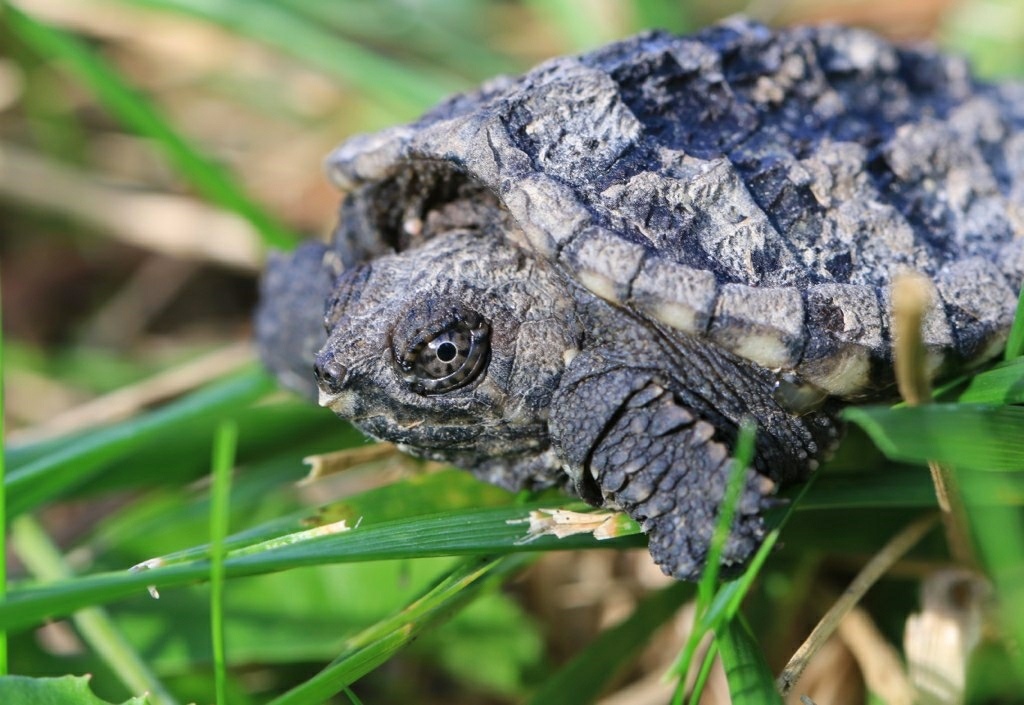
Snapping turtle nests can contain up to 50 round, white eggs. The incubation temperature determines whether the baby turtles will be male or female. I am not sure which this baby is, but if she is a girl, she will not be ready to mate and lay eggs until she is at least 17 years old. Both male and female snapping turtles can live into their 70’s. Snapping turtles look prehistoric because they are- the snapping turtle as we know it has been around for 40 million years, and its close relatives walked with the dinosaurs.
So there you have it- 3 very different creatures who spend part of their lives under the earth, along with countless other animals we have never even heard of.
For more on Belted Kingfishers see the Cornell Lab of Ornithology pages
Visit the National Wildlife Federation site for more on Groundhogs
For more on Snapping Turtles you can visit Ontario Nature


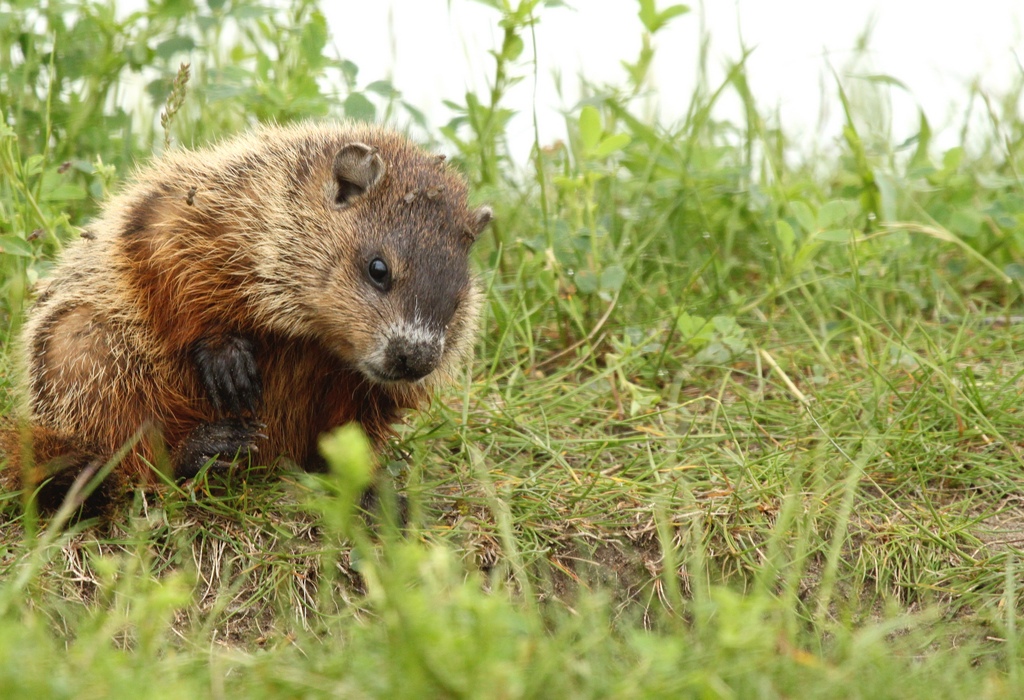
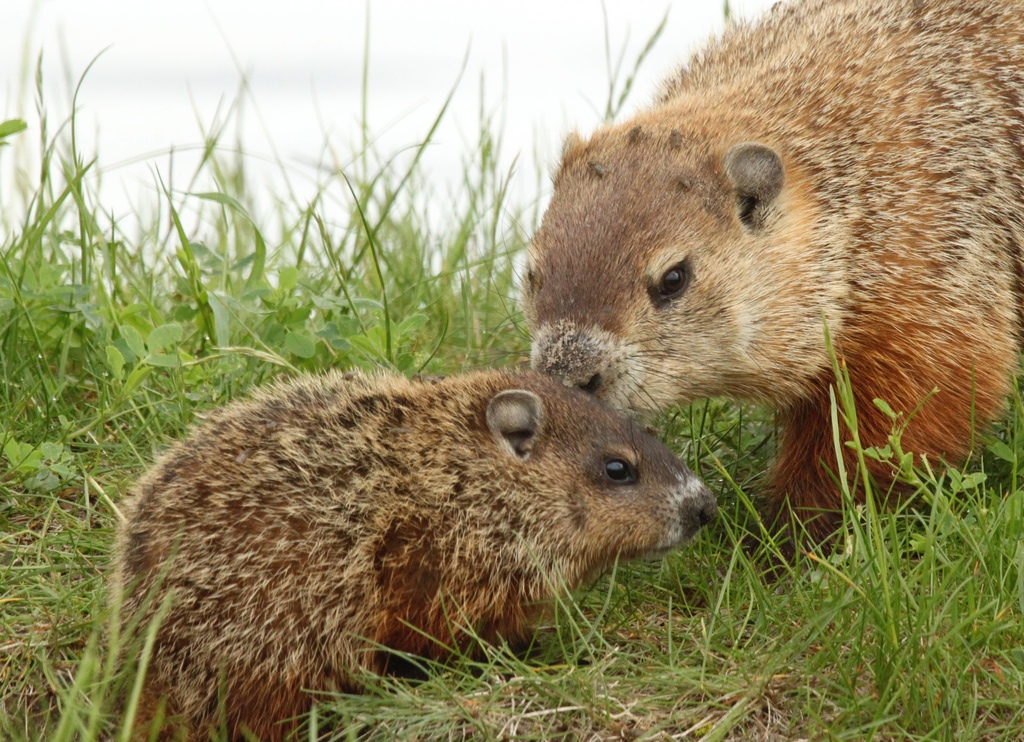
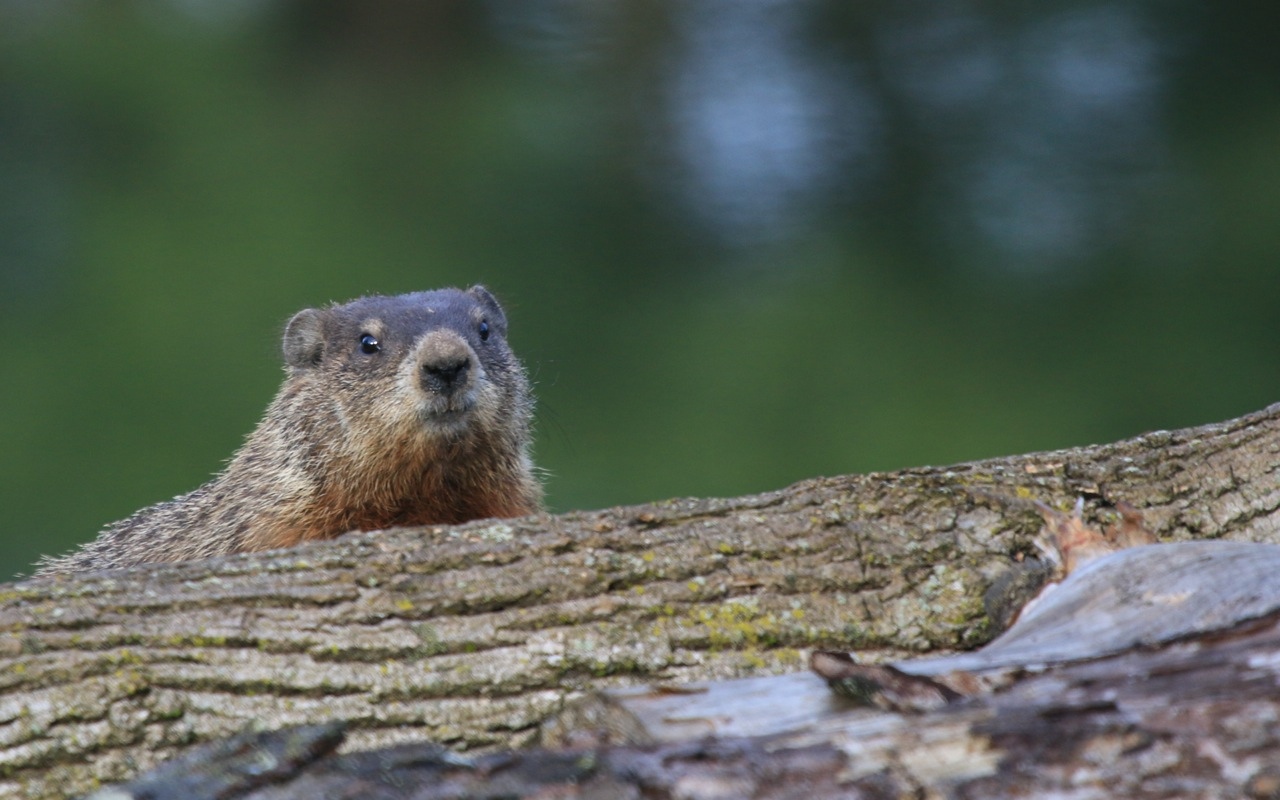
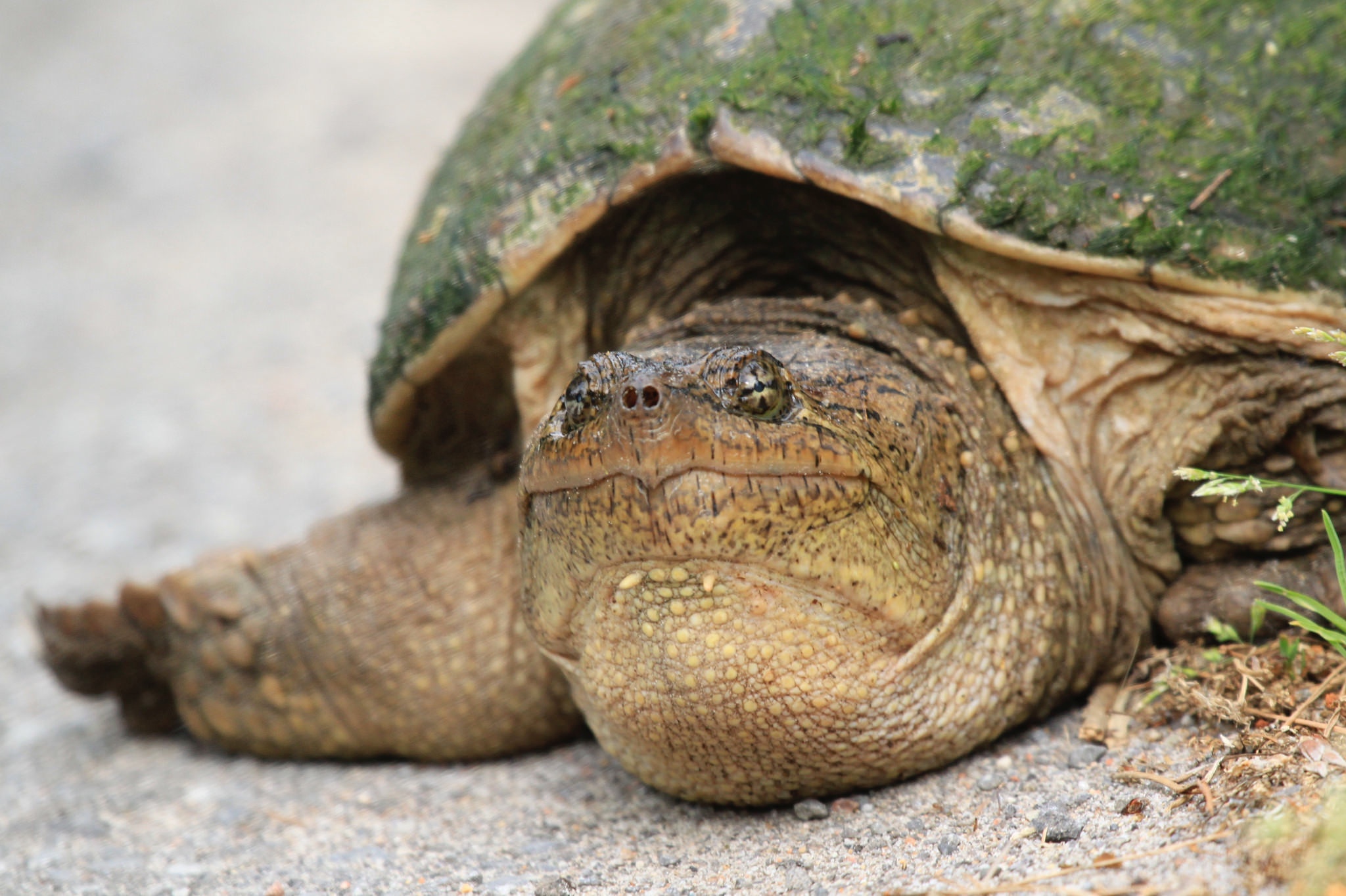
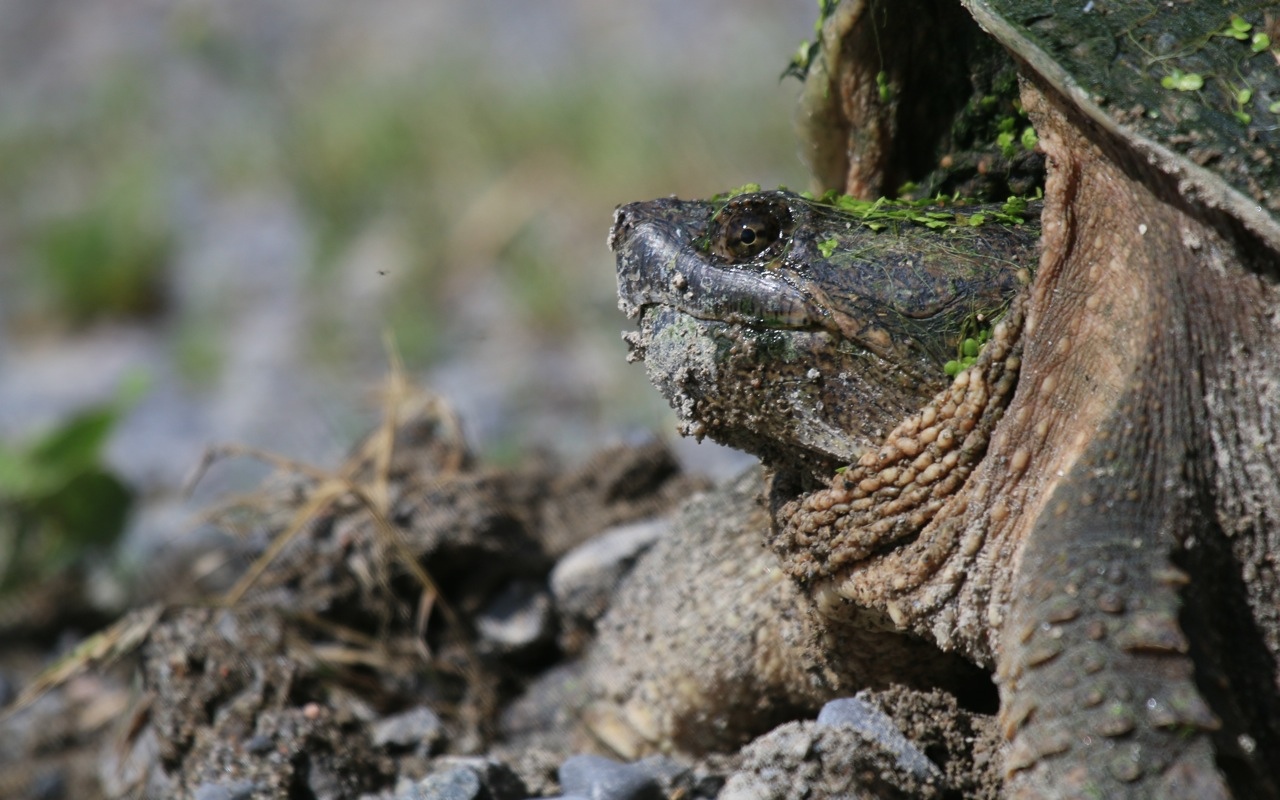
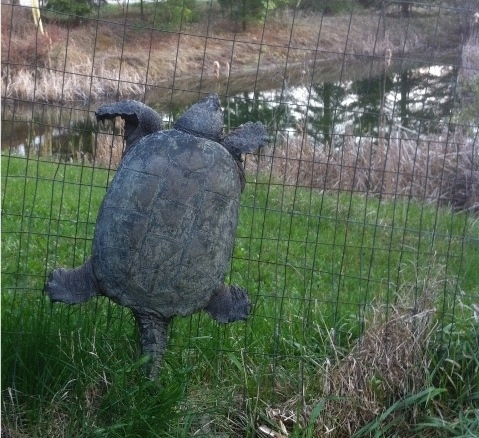



I had no idea that kingfishers made tunnels underground! Such a fascinating bird – and the babies are adorable!
I can’t believe we got to see them- what a treat!
So excited to see the snapping turtles. It is a rare thing. The groundhog photographs are amazing. Kingfishers out here? Wow….